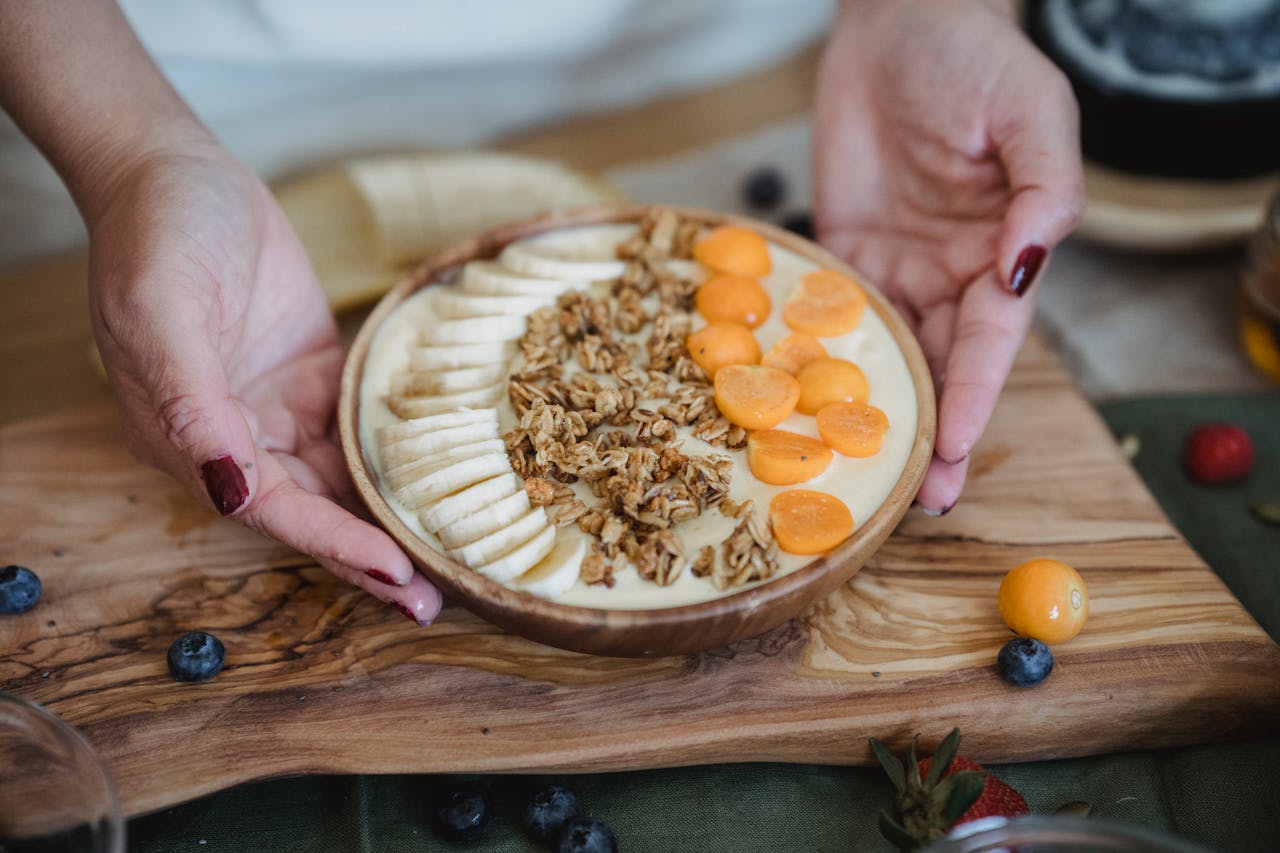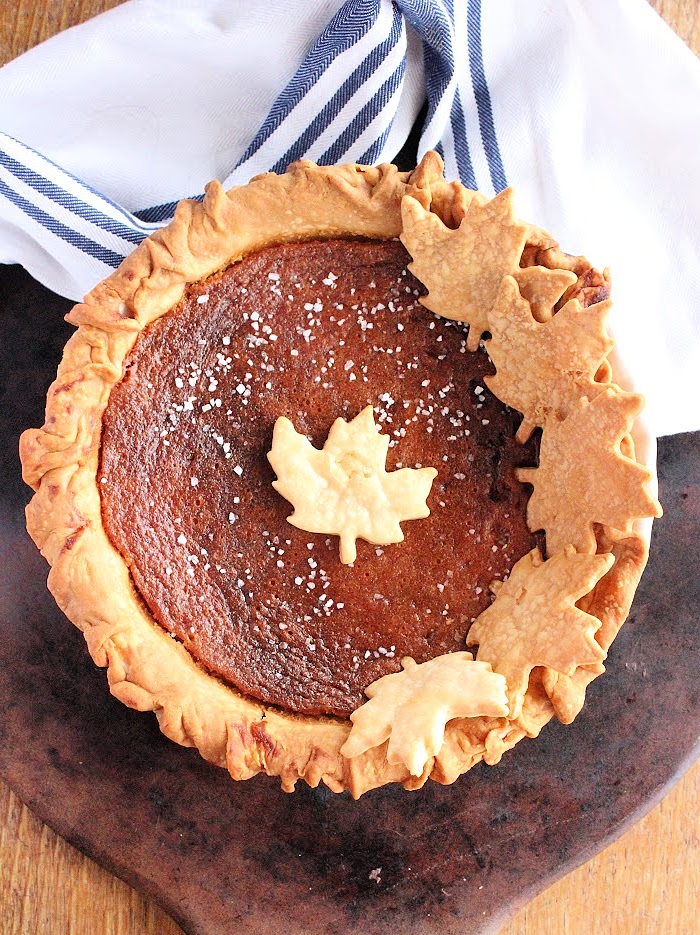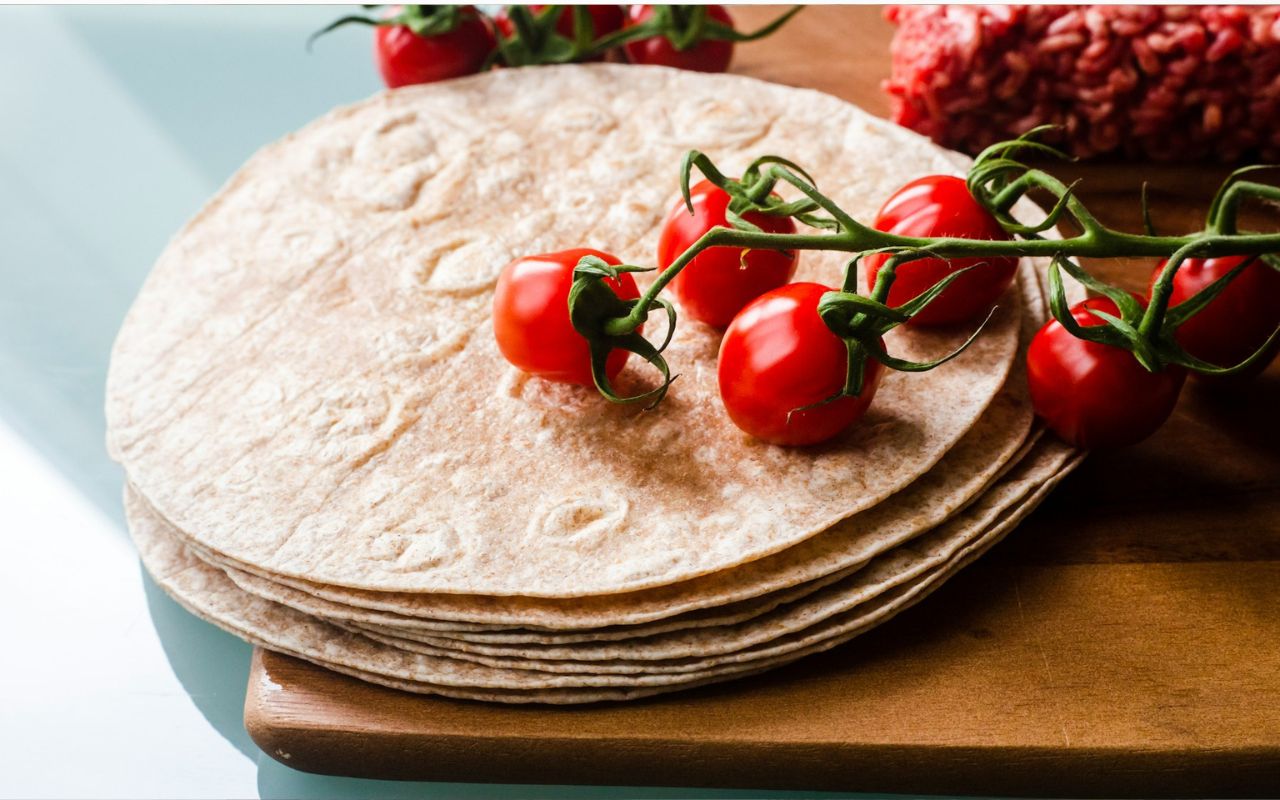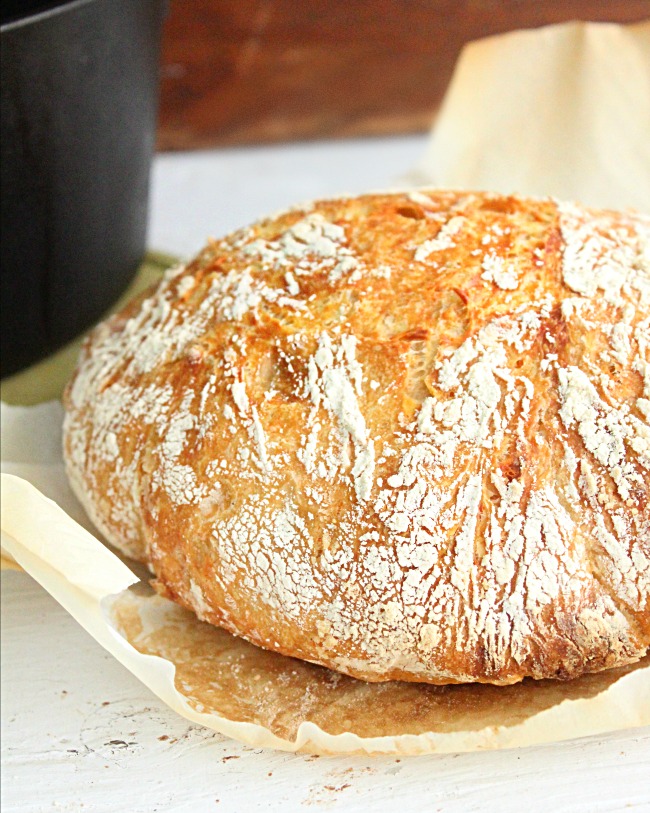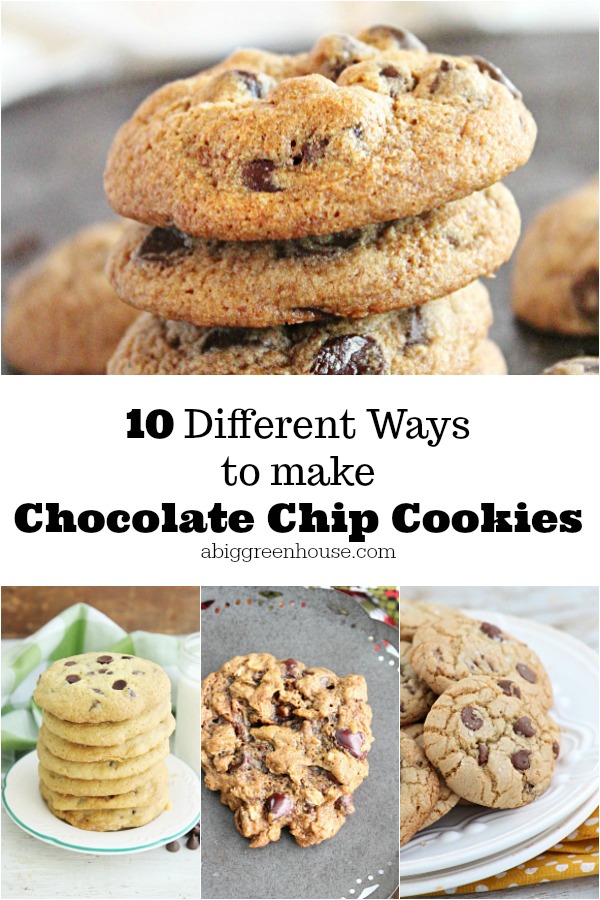9 Vintage Sodas You Might Not Remember
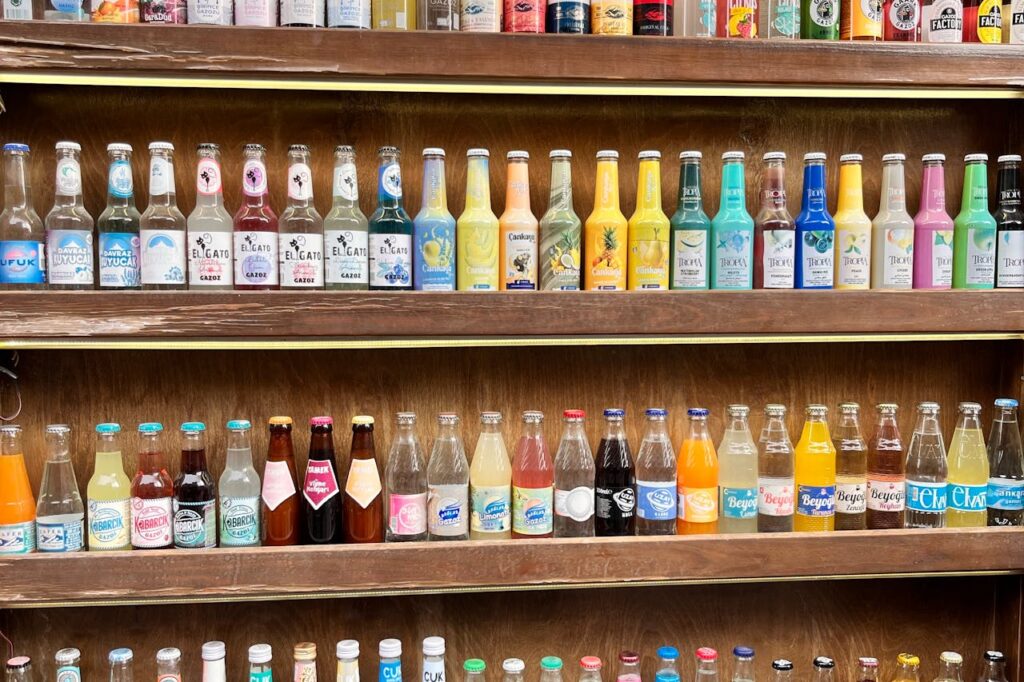
Pop culture moves fast but soda moves with memory. Before supermarket shelves were dominated by a few giant brands, dozens of regional bottlers and quirky flavor experiments dotted American main streets. Many of those fizzy creations faded or were absorbed but left clear fingerprints: bold labels, unusual flavors, and devoted local followings. This list revisits nine vintage sodas you might not remember, from celery-flavored curiosities to cult diet colas. Read on to sip a small slice of beverage history and maybe spot an old favorite you’d forgotten.
1. Nehi
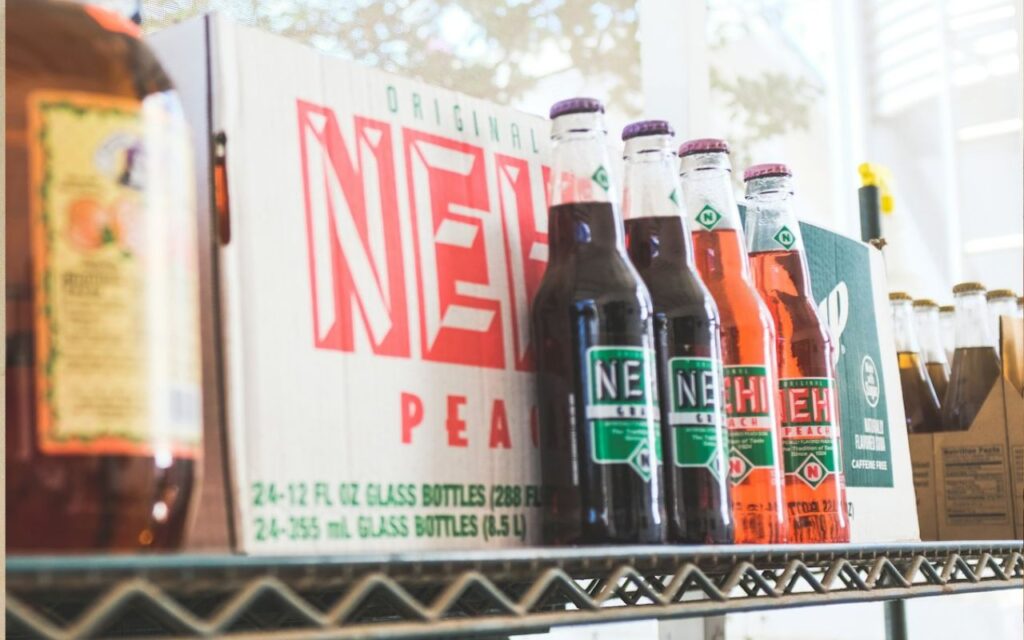
Nehi arrived in the early 20th century as a playful, fruity soda line that once crowded drugstore soda fountains and mom and pop shops. Its bright grape and orange bottles were a colorful counterpoint to cola, and its advertising leaned into fun flavors and seasonal specials. Nehi faded from daily life but survives in retro soda racks and speciality stores, a reminder of how regional bottlers shaped American tastes and mid-century bottle design. Today collectors still hunt original glass bottles and vintage ads. They turn up at flea markets and online auctions.
2. Moxie
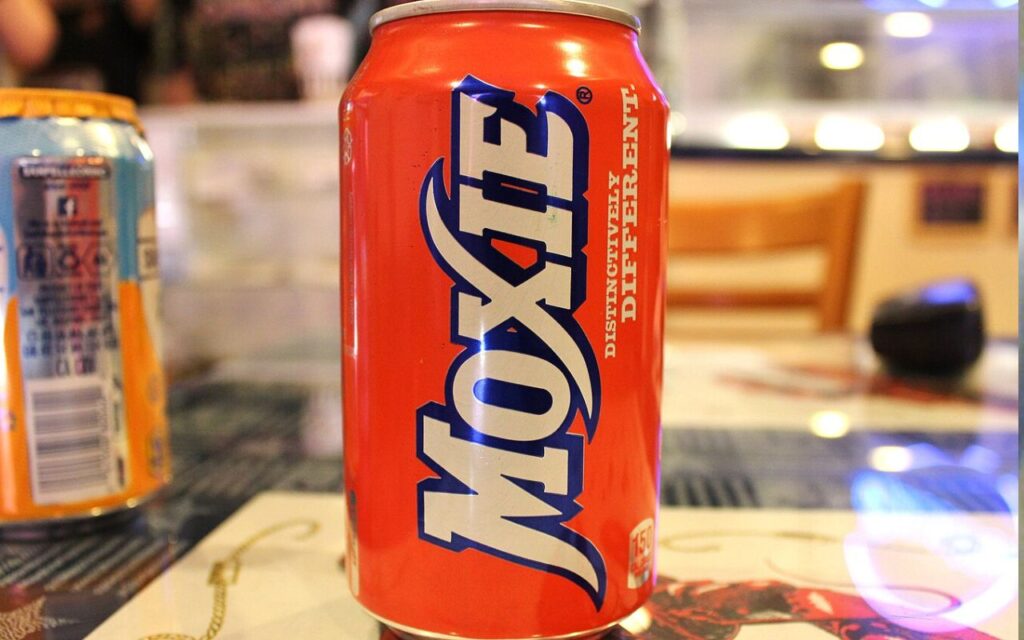
Moxie began as a patent medicine in the 19th century and turned into one of America’s most outspoken sodas, famous for its bitter root flavor and quirky slogan. Once a staple in New England soda fountains, Moxie kept a cult following even as national brands grew. The taste divides drinkers into love it or hate it camps. Collectors prize original bottles and memorabilia, and local festivals still celebrate Moxie’s unique place in regional food history. Today collectors still hunt original glass bottles and vintage ads. They turn up at flea markets and online auctions.
3. Vernors
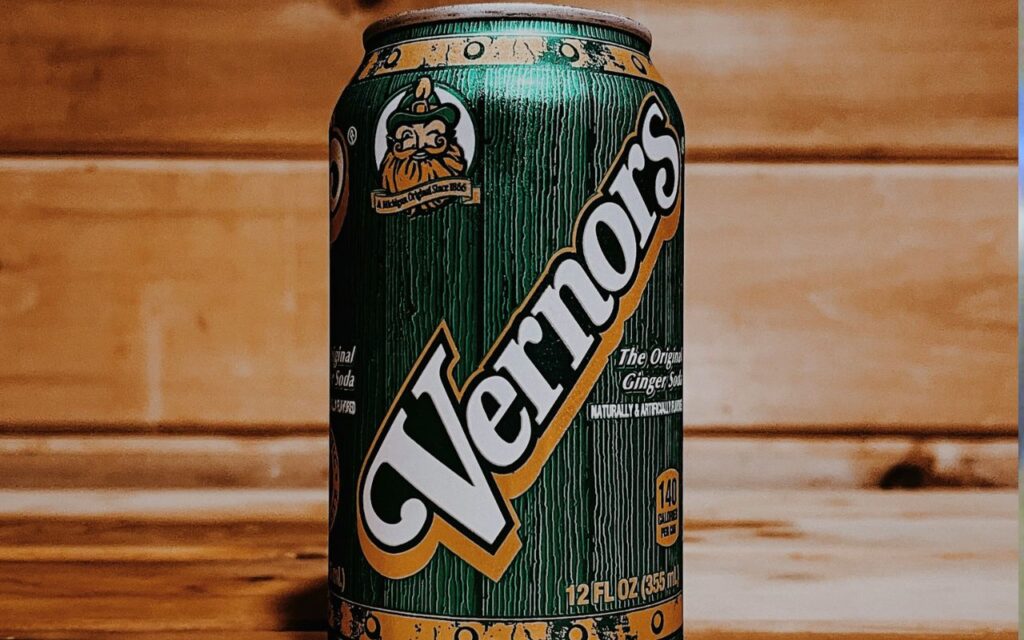
Vernors is a ginger soda born in Detroit and beloved for its syrupy, sharp ginger bite and caramelized finish. Dating back to the 1860s, it was one of the nation’s earliest branded soft drinks and often used as a mixer or culinary ingredient. Vernors endured through changing tastes by leaning into nostalgia and local pride, pairing perfectly with diner fare. For many Midwesterners, a sip of Vernors is a direct link to family meals and hometown traditions. Today collectors still hunt original glass bottles and vintage ads. They turn up at flea markets and online auctions.
4. Hires Root Beer
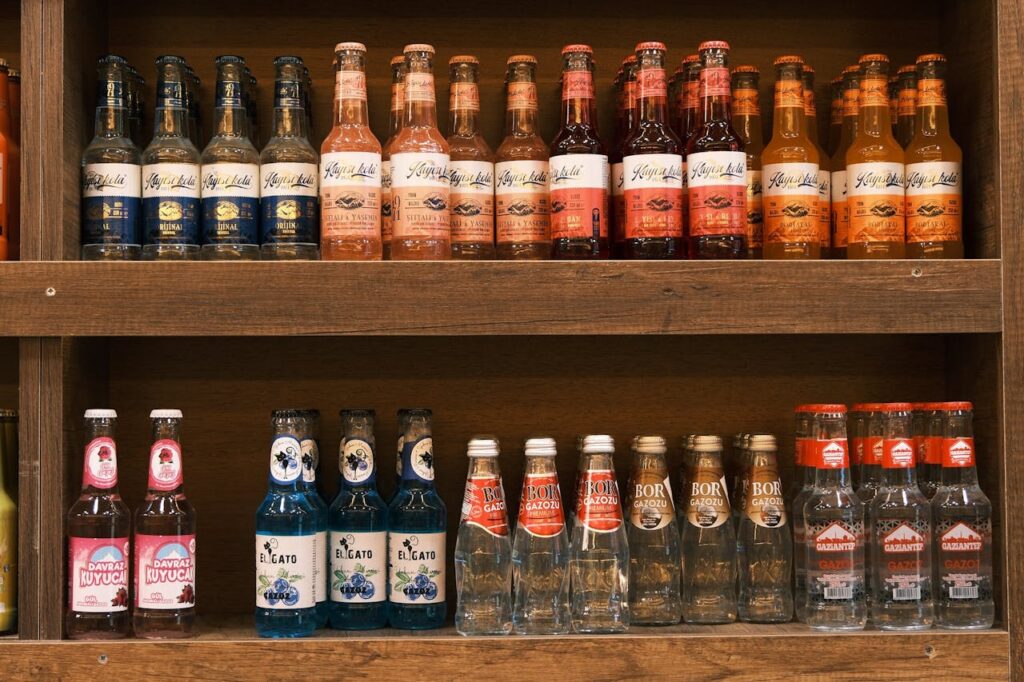
Hires Root Beer was one of America’s earliest root beers, launched in the late 1800s as a soda fountain favorite and later bottled for mass sale. Its deep, spicy flavor and skeuomorphic bottle design once made it a household name, and catchy jingles helped spread its fame. Hires influenced how root beers were marketed and helped popularize bottled fountain drinks. Though recipes and ownership changed over time, classic ads keep the brand memory alive. Today collectors still hunt original glass bottles and vintage ads. They turn up at flea markets and online auctions.
5. Dr. Brown’s Cel-Ray
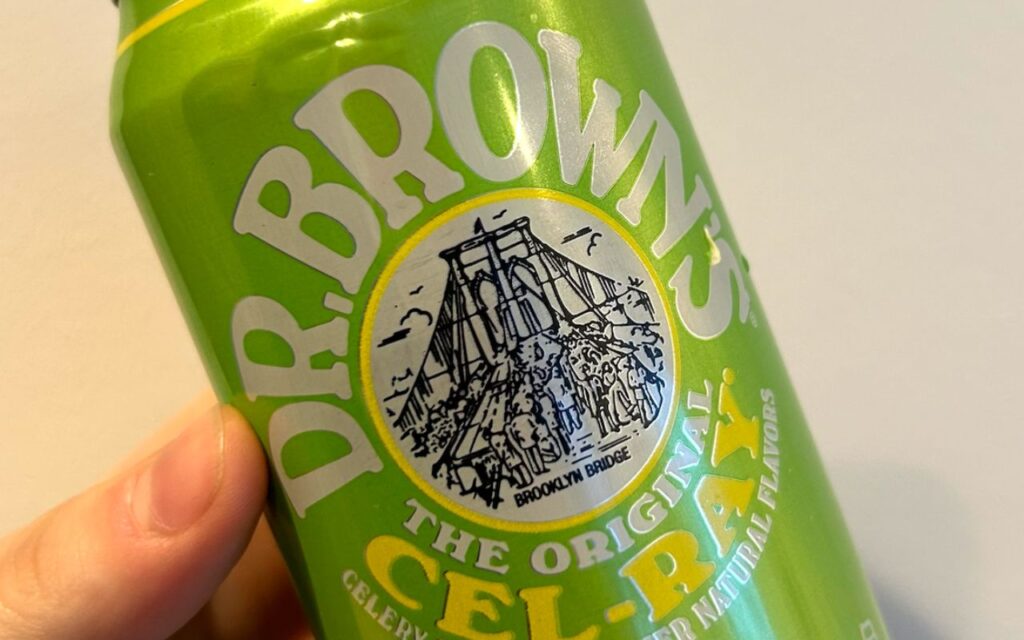
Dr. Brown’s Cel-Ray is a niche relic: a celery-flavored soda born in New York’s Jewish delis and grocers. Its oddly savory, herbal profile complemented pastrami sandwiches and knishes, creating a culinary pairing many still crave. Cel-Ray’s quirky existence highlights American soda makers’ willingness to experiment with savory ingredients and local tastes. Food historians point to it as a deliciously strange footnote in the country’s beverage experimentation and immigrant food culture. Today collectors still hunt original glass bottles and vintage ads.
6. RC Cola
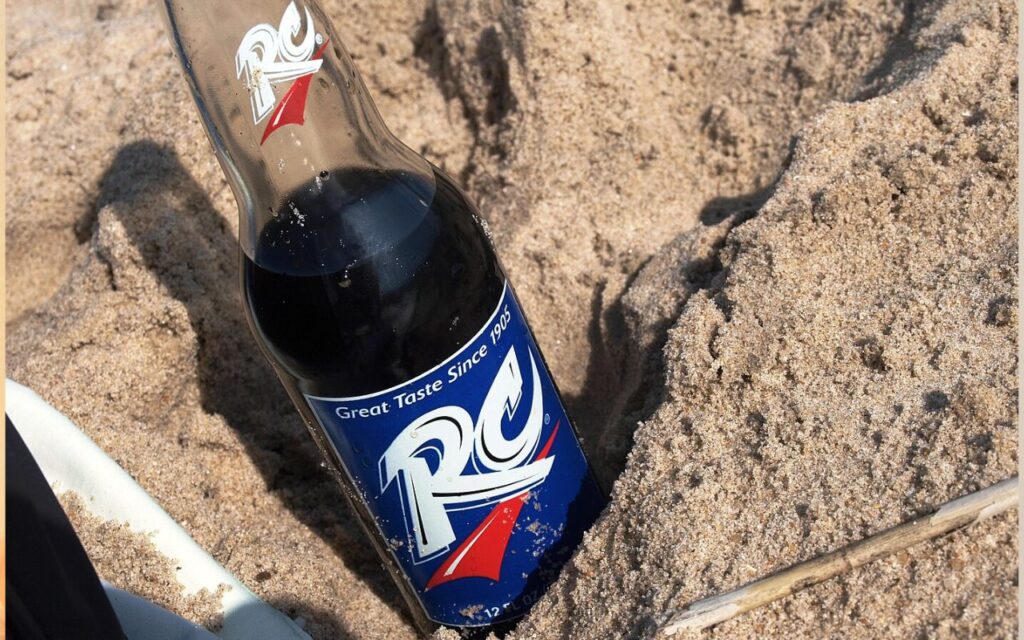
RC Cola, short for Royal Crown Cola, competed with major colas by courting value-minded customers and regional bottlers. Introduced in the early 20th century, RC became notable for product innovations, bold packaging, and aggressive regional marketing. It weathered decades of corporate changes and new rivals, but regional loyalty and local bottlers kept it visible. RC’s story is a lesson in how alternative colas carved out space in a market dominated by giants. Today collectors still hunt original glass bottles and vintage ads.
7. Big Red
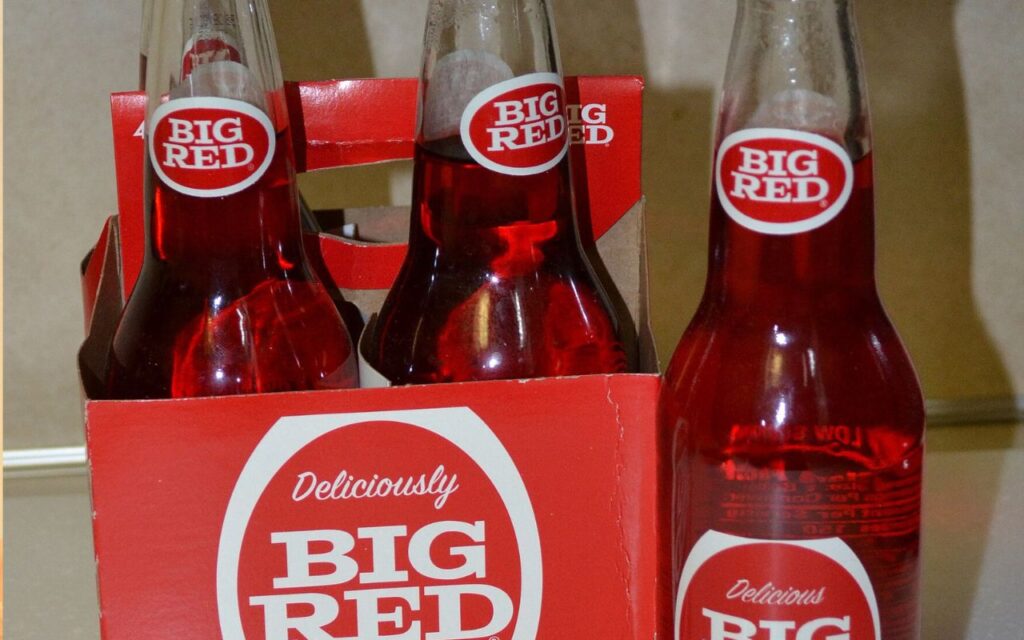
Big Red is a Southeast icon with a sweet, bubblegum-like flavor and a fluorescent red color that made it instantly recognizable. Born as a regional soda, it became a ritual at local diners, school events, and state fairs. Big Red demonstrates how strong regional identity, quirky flavor profiles, and devoted local marketing can turn a soda into a cultural marker. Even as national brands dominate, sodas like Big Red remain nostalgic favorites and local institutions. Today collectors still hunt original glass bottles and vintage ads. They turn up at flea markets and online auctions.
8. Kickapoo Joy Juice
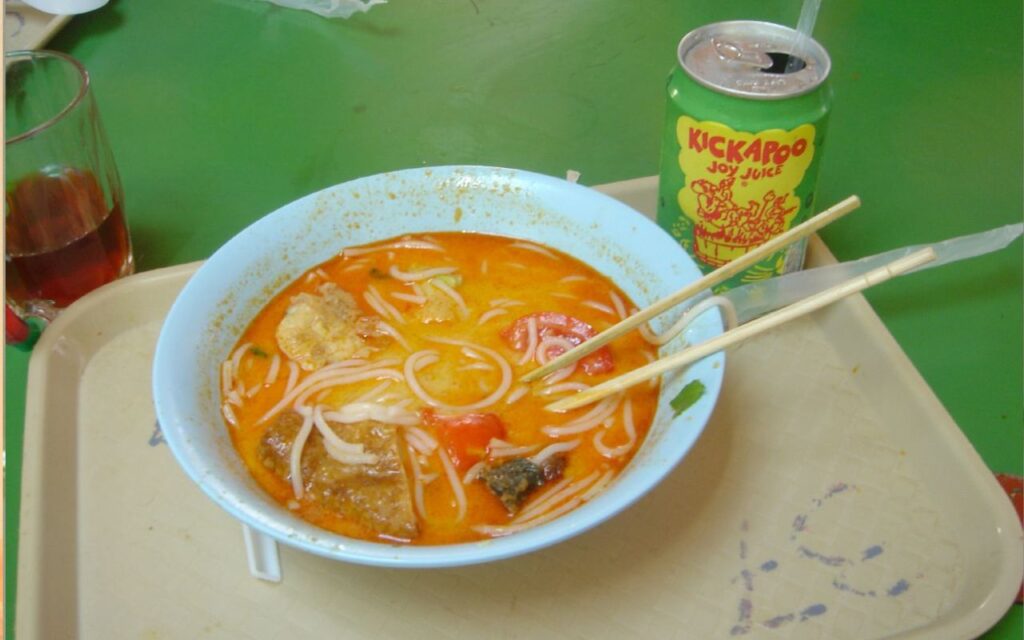
Kickapoo Joy Juice started as a comic strip gag in the Li’l Abner comics before becoming a zany citrus soda with a playful name and cartoonish branding. Marketed with tongue in cheek humor and novelty appeal, it rode mid-century pop culture into soda aisles. While not a mainstream cola rival, Kickapoo carved out a space among novelty drinkers and collectors who appreciate its pop culture origins. It is a reminder that branding, humor, and story can be the heart of a beverage. Today collectors still hunt original glass bottles and vintage ads. They turn up at flea markets and online auctions.
9. Tab
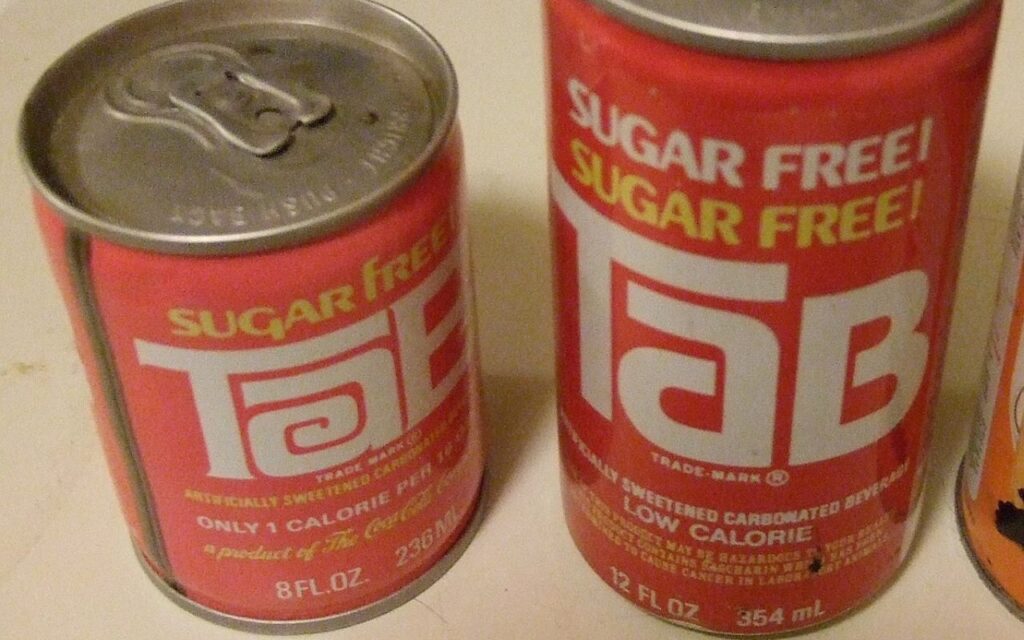
Tab was Coca-Cola’s first diet soda, launched when diet beverages were a niche curiosity and marketed heavily to calorie-conscious adults. With a distinct sweetener profile and skinny can design, Tab developed a loyal following and cult status. Over time Coca-Cola shifted strategy and phased Tab out, but fans still celebrate its retro logo, odd flavor, and role as a precursor to the diet soda boom. Tab’s rise and fall underscore how corporate priorities shape product lifecycles and which nostalgic drinks survive in memory.
